North Cachar Hills Tourism
Search related to Assam Tourism

North Cachar Hills, also known as Dima Hasao, is a district in the state of Assam, India. It is located in the southern part of Assam and shares its borders with Nagaland and Manipur. The district is named after the Cachar Hills range, which is located in the northern part of the district.
History
The history of North Cachar Hills can be traced back to the ancient times when the region was ruled by various tribal kingdoms. The Dimasa tribe, which is the largest tribe in the district, played a significant role in the history of the region. In the 18th century, the Dimasa kingdom was annexed by the Ahom dynasty of Assam. Later, the region came under the control of the British colonial rule and was incorporated into the province of Assam.
Geography
North Cachar Hills is a hilly district with an average elevation of 1000 meters above sea level. The district is rich in natural resources such as coal, limestone, and timber. The district is also home to several rivers, including the Barak River, Jatinga River, and the Diyung River.
Demographics
The population of North Cachar Hills is predominantly tribal, with the Dimasa tribe being the largest community. Other tribes such as the Hmar, Zeme Naga, and Kuki tribes also reside in the district. Assamese and Bengali are the other languages spoken in the district, apart from the local tribal languages.
Economy
The economy of North Cachar Hills is primarily based on agriculture and forestry. The district is known for its tea plantations, which are a major source of revenue for the region. The district is also rich in minerals such as coal and limestone, which are mined for industrial purposes. The tourism industry is also a growing sector in the district.
Culture
The culture of North Cachar Hills is predominantly influenced by the local tribal communities. The Dimasa tribe, in particular, has a rich cultural heritage and is known for its traditional dance forms and music. The district is also famous for its handicrafts, which include bamboo products, cane furniture, and handwoven textiles.
Tourism
North Cachar Hills is a popular tourist destination, known for its scenic beauty and cultural heritage. The district is home to several waterfalls, including the Khobak Waterfall and the Barapani Waterfall. The Jatinga Valley, located in the district, is famous for its mysterious bird suicides, which occur during the monsoon season. The district is also home to several wildlife sanctuaries, including the Dima Hasao Wildlife Sanctuary and the Jatinga Bird Sanctuary. The Maibang archaeological site, which is located in the district, is an important historical site and is known for its ancient ruins and temples.
- State :
- Assam
How to Reach North Cachar Hills
Complete List of Tehsils in North Cachar Hills District, Assam
| S.No | Tehsil / Taluk Name | District Name | State Name |
|---|
Discover Exciting Places to Visit in Agra, Uttar Pradesh - Your Ultimate Travel Guide
Are you ready to explore the wonders of Agra, Uttar Pradesh? From the majestic Taj Mahal to hidden gems waiting to be discovered, our travel guide unveils the most captivating
Explore Exciting Places to Visit in Mumbai, Maharashtra - Your Ultimate Travel Guide
Ready for an adventure? Mumbai, in the beautiful state of Maharashtra, is packed with amazing places waiting to be explored! From iconic landmarks to hidden gems, Mumbai has something for
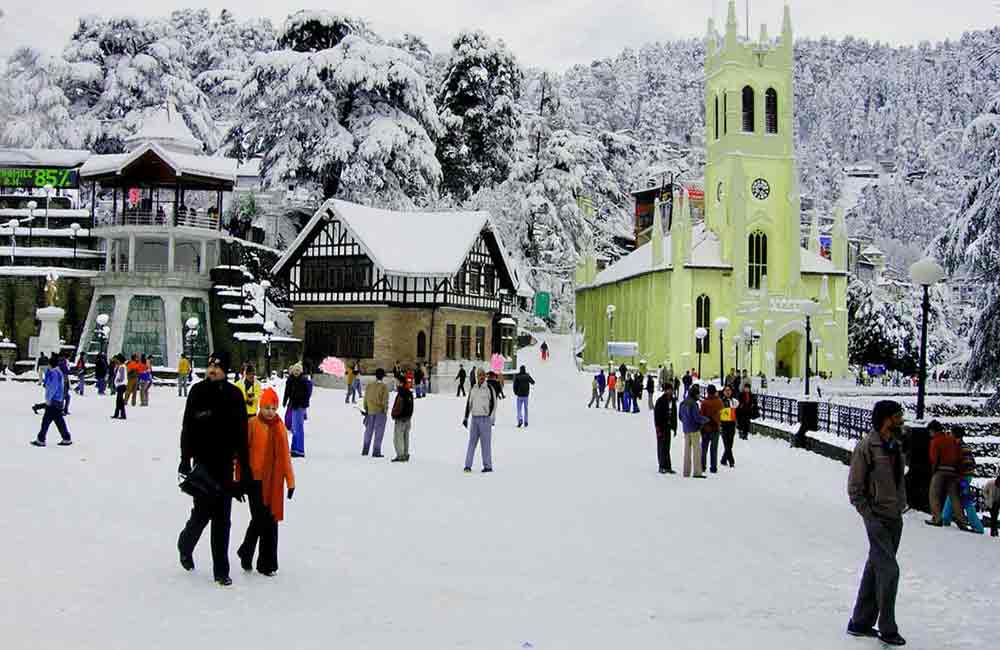
Explore the Wonderful Places to Visit in Manali, Himachal Pradesh - Your Ultimate Guide!
Ready for an exciting adventure? Discover the places to visit in Manali, Himachal Pradesh! From snowy mountains to lush valleys, there's something for everyone. Plan your trip now and explore
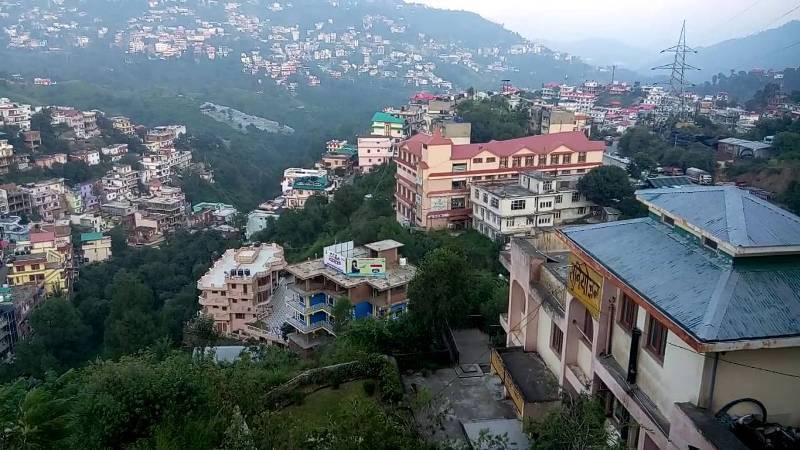
Places to Visit in Solan Himachal Pradesh - Explore the Best Tourist Spots
Discover the enchanting beauty of Solan Himachal Pradesh by exploring its myriad tourist spots. Whether you're seeking adventure or tranquility, Solan has something for everyone. From lush green valleys to
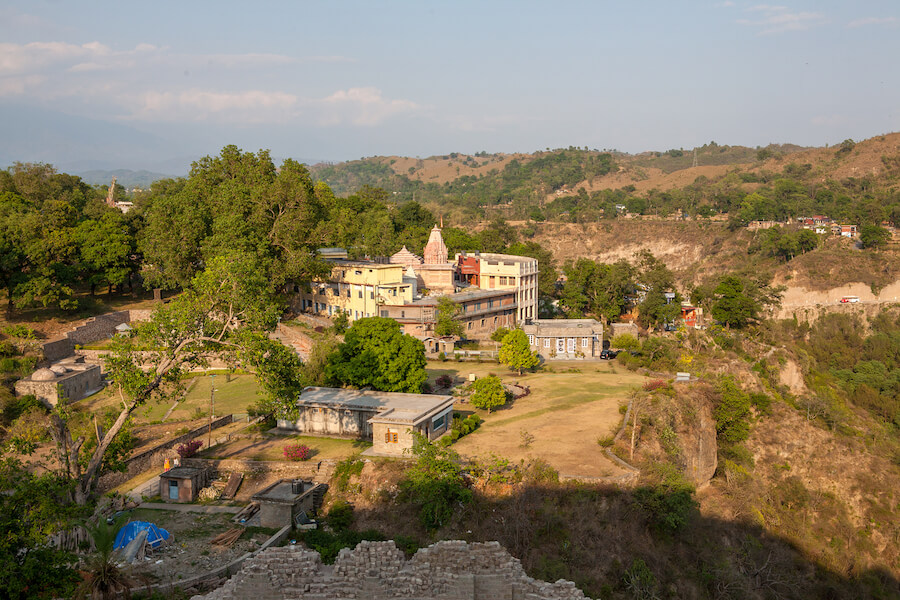
Discover the Best Places to Visit in Kangra, Himachal Pradesh: A Traveler's Guide
Ready for an exciting journey? Kangra, Himachal Pradesh welcomes you with open arms! Explore ancient temples, lush landscapes, and more in this enchanting valley. Let's uncover the best places to
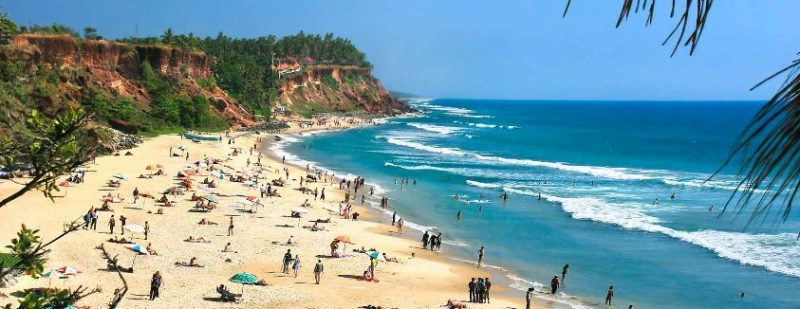
Explore Incredible Places to Visit in Varkala, Kerala: A Guide
Are you ready for an adventure? Varkala in Kerala is waiting for you! Discover the magic of this beautiful place with our guide to the best places to visit. From
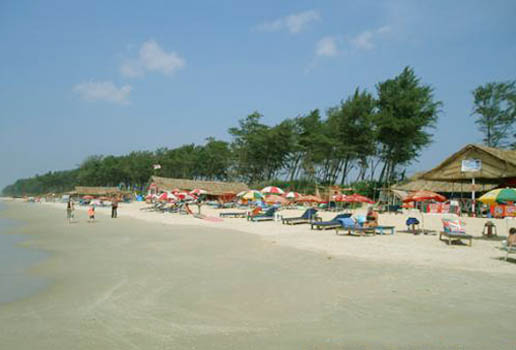
Explore Panaji, Goa: Discover the Best Places to Visit in the City
Ready for an adventure? Panaji, located in Goa, is packed with exciting places to visit. From ancient forts to picturesque beaches, there's never a dull moment in this lively city.
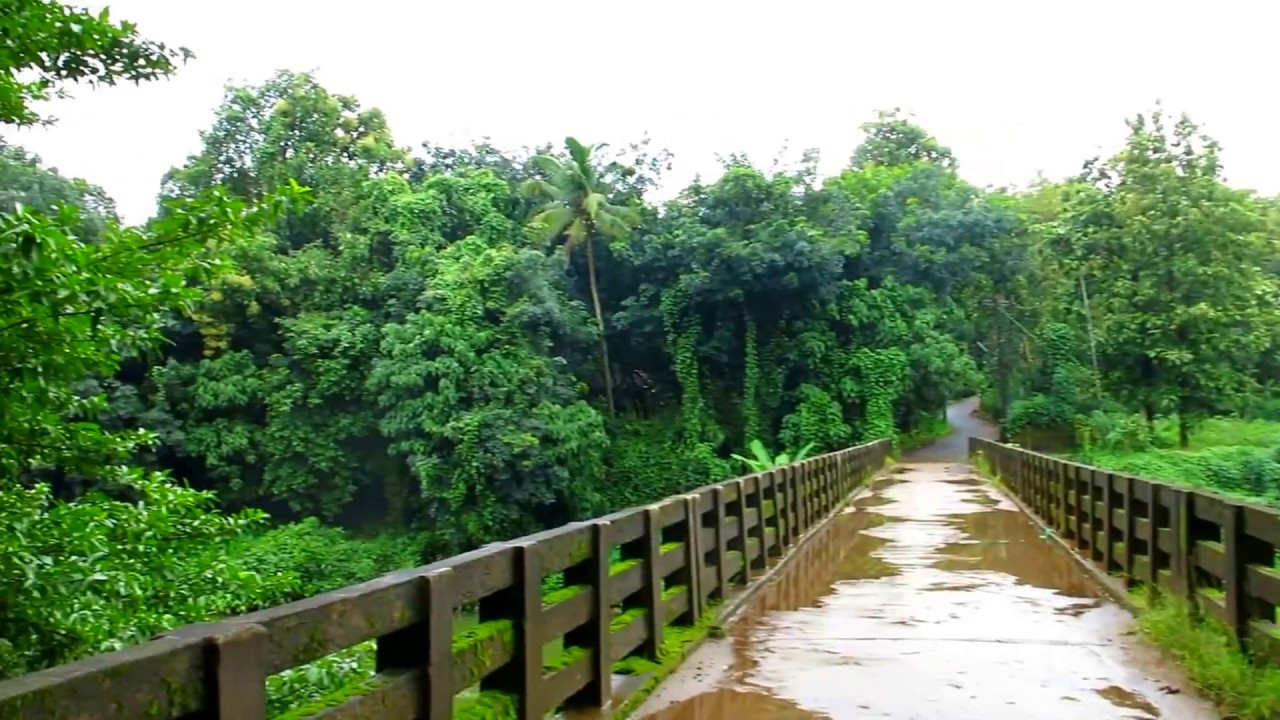
Explore the Best Places to Visit in Thrissur, Kerala – A Perfect Guide for Your Next Adventure!
Are you ready to explore Thrissur, Kerala? Get ready for an exciting journey through this vibrant city! Discover its rich history, stunning landmarks, and fascinating culture. With our guide to
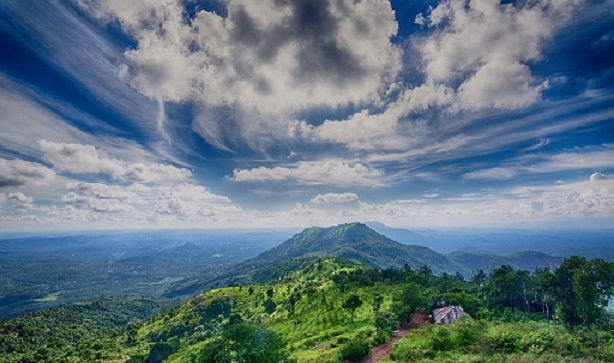
Explore the Best Places to Visit in Malappuram, Kerala - A Traveler's Guide
Dive into the beauty of Malappuram, Kerala with our ultimate travel guide! From picturesque beaches to fascinating historical sites, explore the best places to visit in Malappuram Kerala. Whether you're
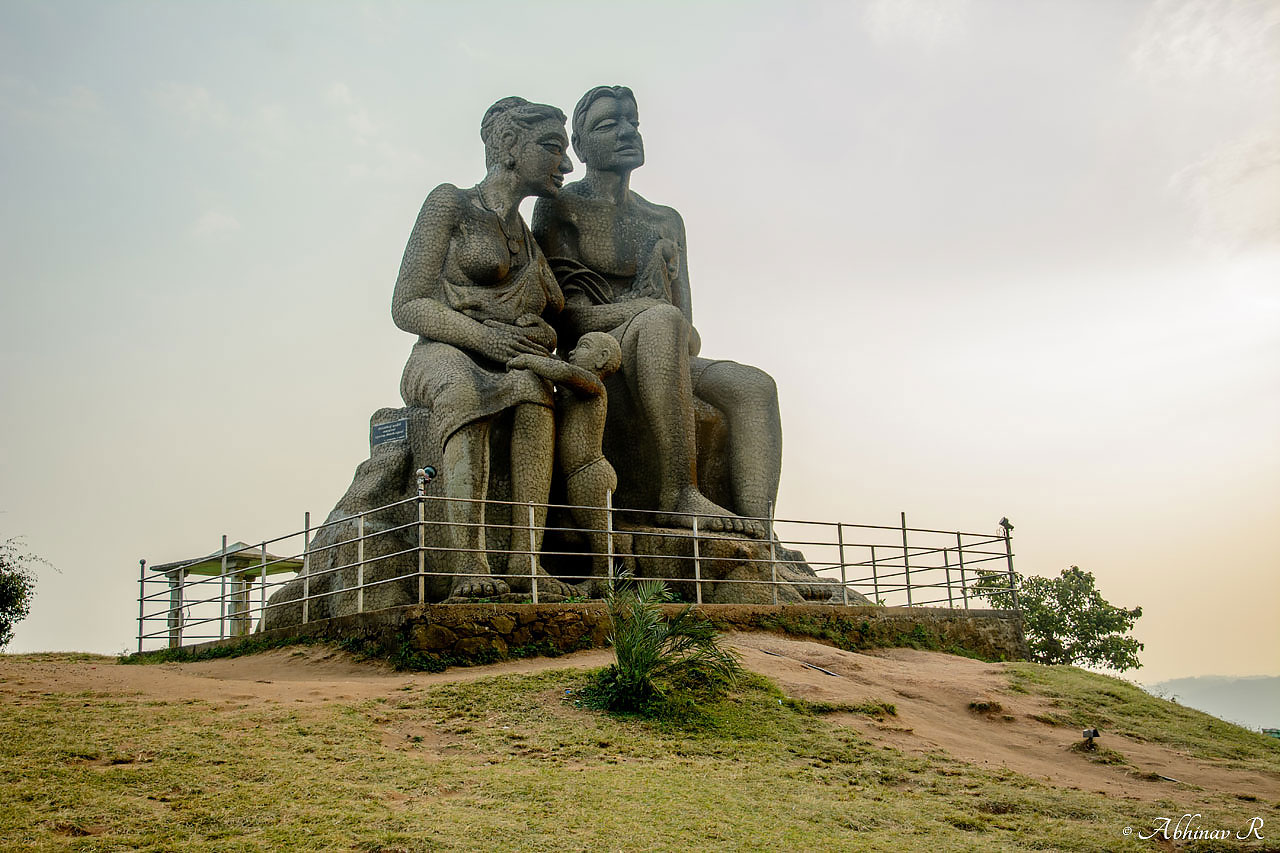
Explore the Best Places to Visit in Idukki, Kerala - A Traveler's Guide
Discover the mesmerizing beauty of Idukki, Kerala with our guide to the best places to visit. From breathtaking landscapes to serene lakes, explore the charm of this enchanting destination. Whether
Top Stories
-

Explore the Charming Attractions: A Comprehensive Guide to the Best Places to Visit in Tezpur
-

Archaeological Site Museum, Sri Suryapahar
-

Here is 1 Best Places to visit in Dispur in 2024 you must add in your Travel List
-

Here is Best Places to visit in Silchar in 2024 you must add in your Travel List
-

Here is 2 Best Places to visit in Tinsukia in 2024 you must add in your Travel List


